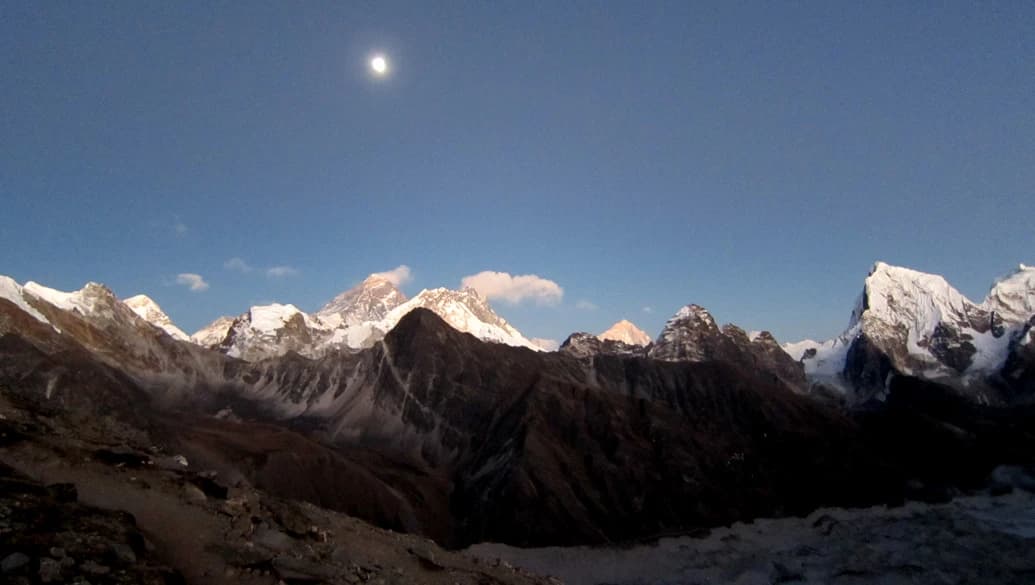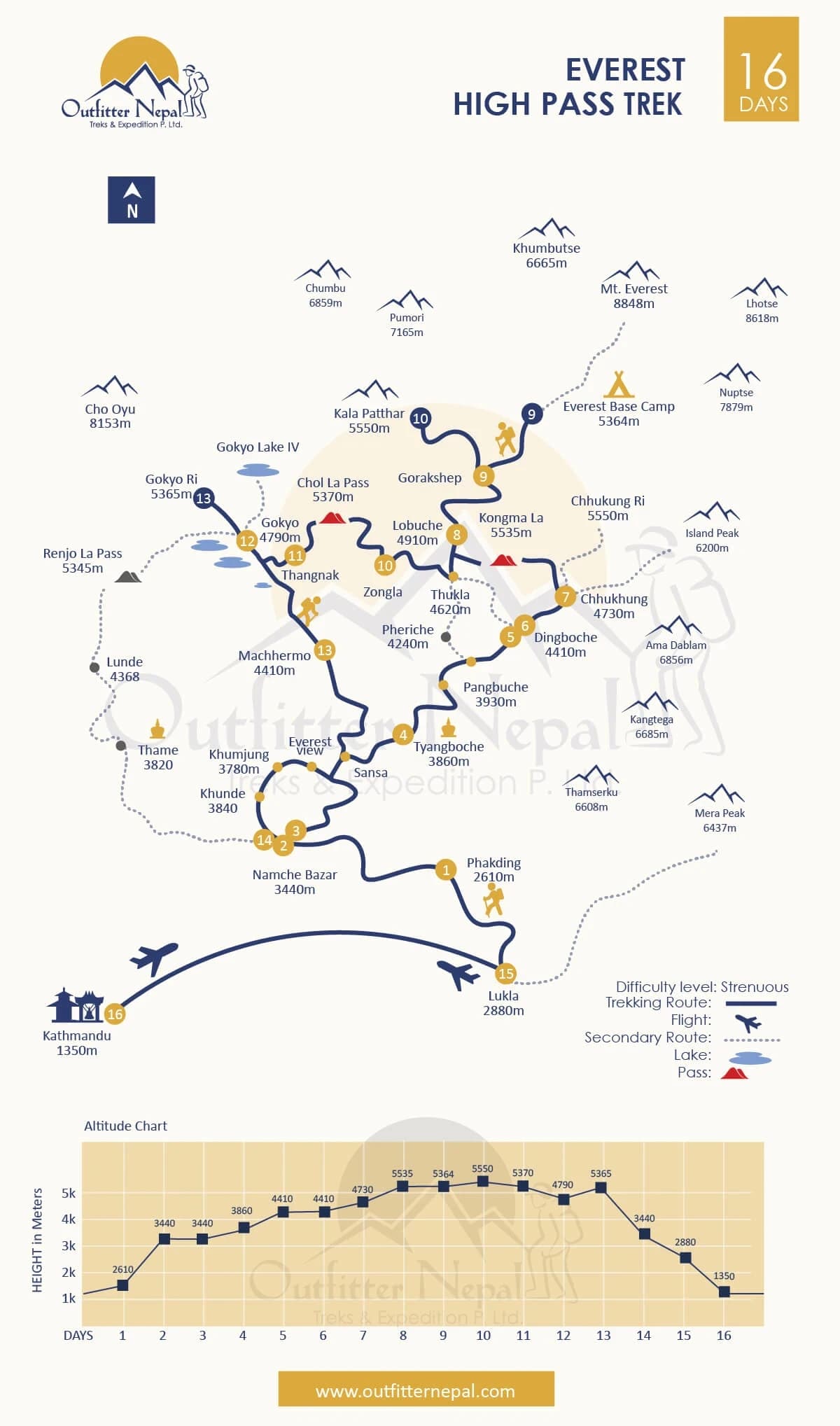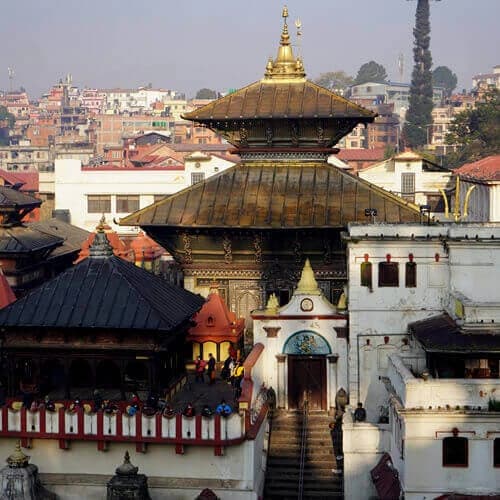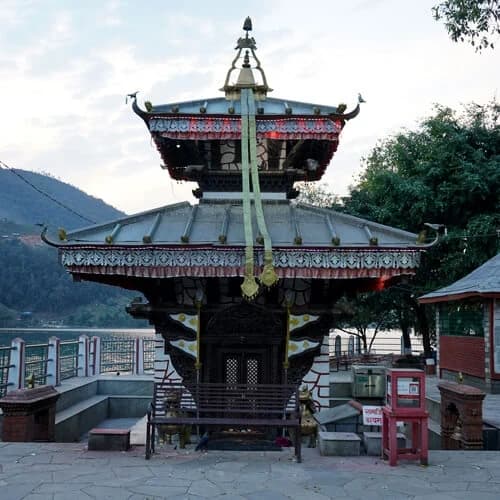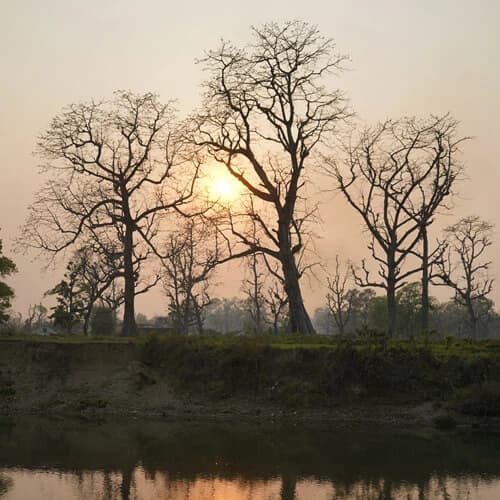Everest Two High Pass Trek Highlights
- Trek to Renjo La Pass (5,345m) and Cho La Pass (5,420m), two high passes in the Everest region.
- Panoramic views of Mt. Everest (the highest mountain in the world), Cho Oyu, Lhotse, Nuptse, and Ama Dablam.
- Serene walks through the Gokyo Valley, soaking in the aura of pristine turquoise lakes.
- Thrilling trek to the iconic Everest Base Camp, and get amazed admiring the beauty of the world’s tallest mountain.
- A laid-back hike to Gokyo Ri, where you will have picturesque views of the glorious mountains.
- Visit the sacred Gokyo lakes, which hold religious and spiritual importance in Hinduism and Buddhism.
- Explore beautiful Himalayan villages, including Lukla, Namche Bazaar, Thame, and Khumjung.
- Visit the Tengboche Monastery, one of the oldest and largest monasteries in the region.
- Witness the vibrant tradition and culture of the Sherpa people and learn about their unique way of life.
- Comfortable stay in warm teahouses and lodges where you can enjoy delicious local food and beverages.
En Route to Everest Two High Passes Trekking
The extended version of the Classic EBC trek features the best of the Everest region. It offers travel enthusiasts marvelous mountain vistas, awe-inspiring landscapes, and natural wonders. During this trek, you will be accompanied by spectacular views of mountains, including Mt. Everest (8,848m), Cho Oyu, Amadablam, Makalu, Lhotse, and many more. The journey through the Himalayan landscape also takes you to pristine natural wonders like the Khumbu glacier, Ngozumpa glacier, Gokyo lakes, and Kala Patthar. In this trek, travelers can also experience the local lifestyle and culture of the Sherpa people, who are native to this region.
They are widely renowned for their hospitable nature and mountaineering skills. We want to inform all curious participants that the Everest High Pass Trek can be done clockwise or anti-clockwise. The trek can be organized according to your preferences and requirements. With the help of our dedicated staff members, we commit ourselves to providing you with the best travel experience in the magical Everest region of Nepal.
The adventurous hike to the two high passes of the Everest region begins with a scenic 35-minute flight from Kathmandu to Tenzing Hillary Airport, Lukla. You will prepare for the hike toward the Dudh Koshi River Valley upon arrival. During the trek, travelers pass through beautiful rhododendrons, pine forests, waterfalls, ponds, and streams. In the coming days, you will encounter several Sherpa villages, including Namche Bazaar, Tengboche, Phakding, etc. The hike alongside the serene farmlands, scenic rural settlements, and pristine landscapes creates memories that will last a lifetime.
This trek is also perfect for exploring Sagarmatha National Park, a UNESCO-listed world heritage site. You might encounter elusive wildlife species such as Red Panda and Himalayan Thar. We advise you to stay calm and peaceful during the hike to avoid disturbing the region's natural wildlife. It is also recommended that sustainable practices be followed to encourage the preservation of the route and aesthetic of the landscape for future generations.
Is the Everest Two High Pass Trek the Right Choice for You?
Keep in mind that the trekking itinerary is not a five-star vacation. This trek will take you over three high passes totaling over 5,000m. You'll also reach a maximum elevation point of 5,643m. As a result, this trek necessitates both physical and mental fitness. As a result, this trek is best suited to experienced trekkers with prior Himalayan trekking expertise. If this is your first experience trekking in the Himalayas, we recommend starting with less challenging treks in the Everest or Annapurna regions. The trek to the Everest three passes is an 18-day trek that takes you into the Himalayas for 16 days. This expedition will require you to walk on average 5-6 hours daily. If you have the stamina to complete this task, we're confident you can do it.
What can you expect from the Everest High Pass Trek in 16 days?
The Everest Base Camp, combined with the Everest Chola Pass and Renjo La Pass, is a unique Himalayan adventure. It offers an enriching trekking experience, fusing two iconic mountain passes with spectacular landmarks, destinations, and cultural immersion of the Everest region.
- Top-notch mountain vistas: From the beginning of the trek, you will witness stunning vistas of Nepal's majestic mountain ranges. As you ascend higher and trek deeper into the region, the valley begins to expand. The trek continues to inspire you, offering unparalleled views of serene Himalayan landscapes, glaciers, and jaw-dropping alpine formations.
- Iconic Everest Base Camp: Reaching the lap of Mount Everest (8,848m), the highest mountain peak in the world, is truly an unparalleled feeling. The hike to EBC, serving as the starting point for mountaineers attempting to conquer Everest, is an exciting experience. You will meet fellow adventurers who uplift your spirit and motivation along the way.
- Picturesque Kala Patthar: Kala Patthar is one of the best vantage points in the region for a close-up look at Mount Everest. Standing at 5,545 m/18,192 ft, the site offers mesmerizing views of the surrounding snow-capped peaks. Travelers will have the opportunity to capture iconic Himalayan backdrops and aesthetic morning views during the sunrise.
- Alpine Gokyo Lakes: These natural water bodies of the Everest/Khumbu region hold immense religious and spiritual significance. They are a series of freshwater lakes formed by melting glaciers like the Ngozumpa Glacier. The Gokyo Lakes provide travelers with an excellent opportunity to experience the challenging trek while enjoying the region's serenity.
Everest Two High Pass Trek Cost
10 persons can embark on the 16 days trek for US$ 1450 each. This is the standard package price from Outfitter Nepal. We can also manage the package budget if you have a party of more than 10 people. If you're a solo trekker or a small group of travelers, the Everest High Pass Trek Cost can range from US$ 1595 to US$ 1900, depending on your budget. Please remember that the trek cost will increase if you want to change the accommodation or food services included in the standard pricing package. We can upgrade your accommodations to a deluxe hotel room or tourist standard accommodation with attached toilets for the deluxe and luxury plans.
How to Book Everest Two High Pass Trek?
To reserve your seat on this exceptional journey to Everest Base Camp and two high passes, you must pay an initial 10% deposit of the total package cost. To begin the booking procedure, click on the "Book This Trip" section and fill out the details listed. If you want to learn more about this trip, select "Send Inquiry" and ask any questions you might have. Also, please reach out to us through our official email and WhatsApp. We will be available 24/7 to assist you.
